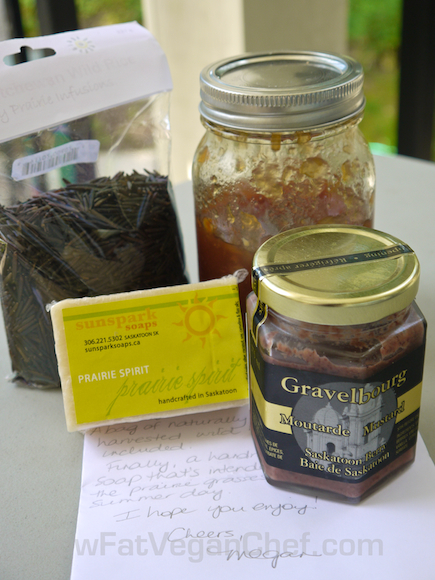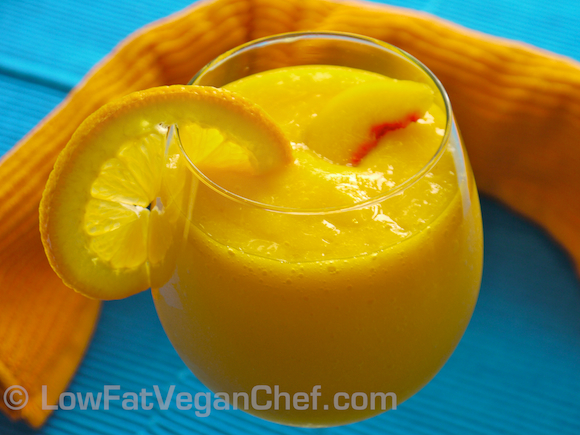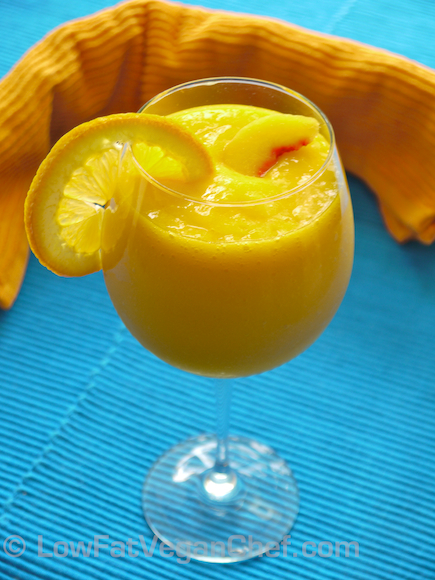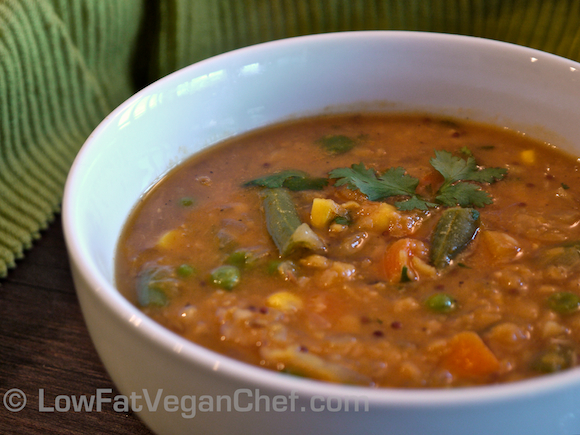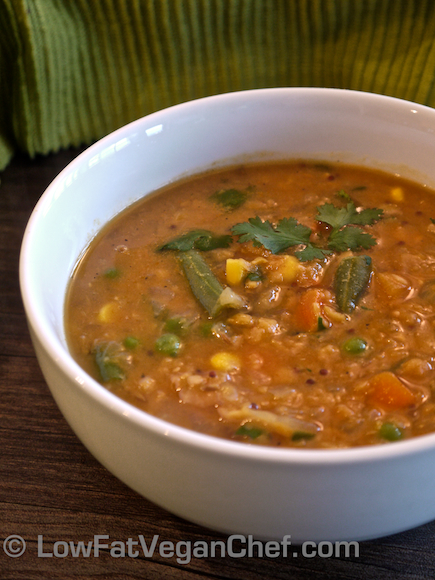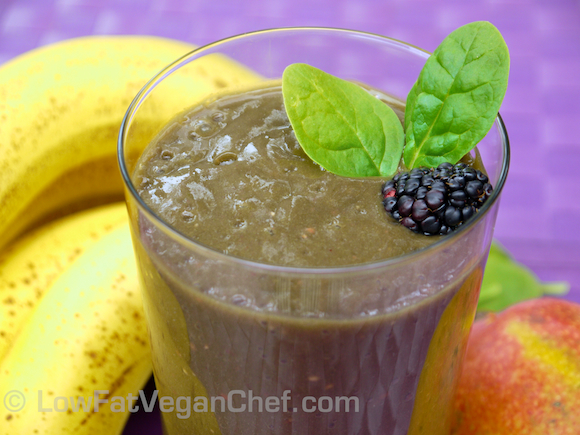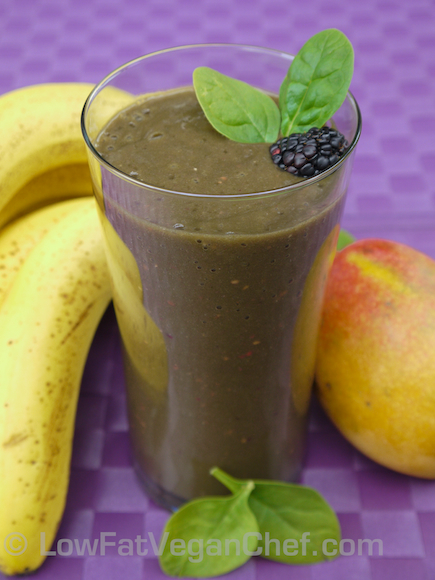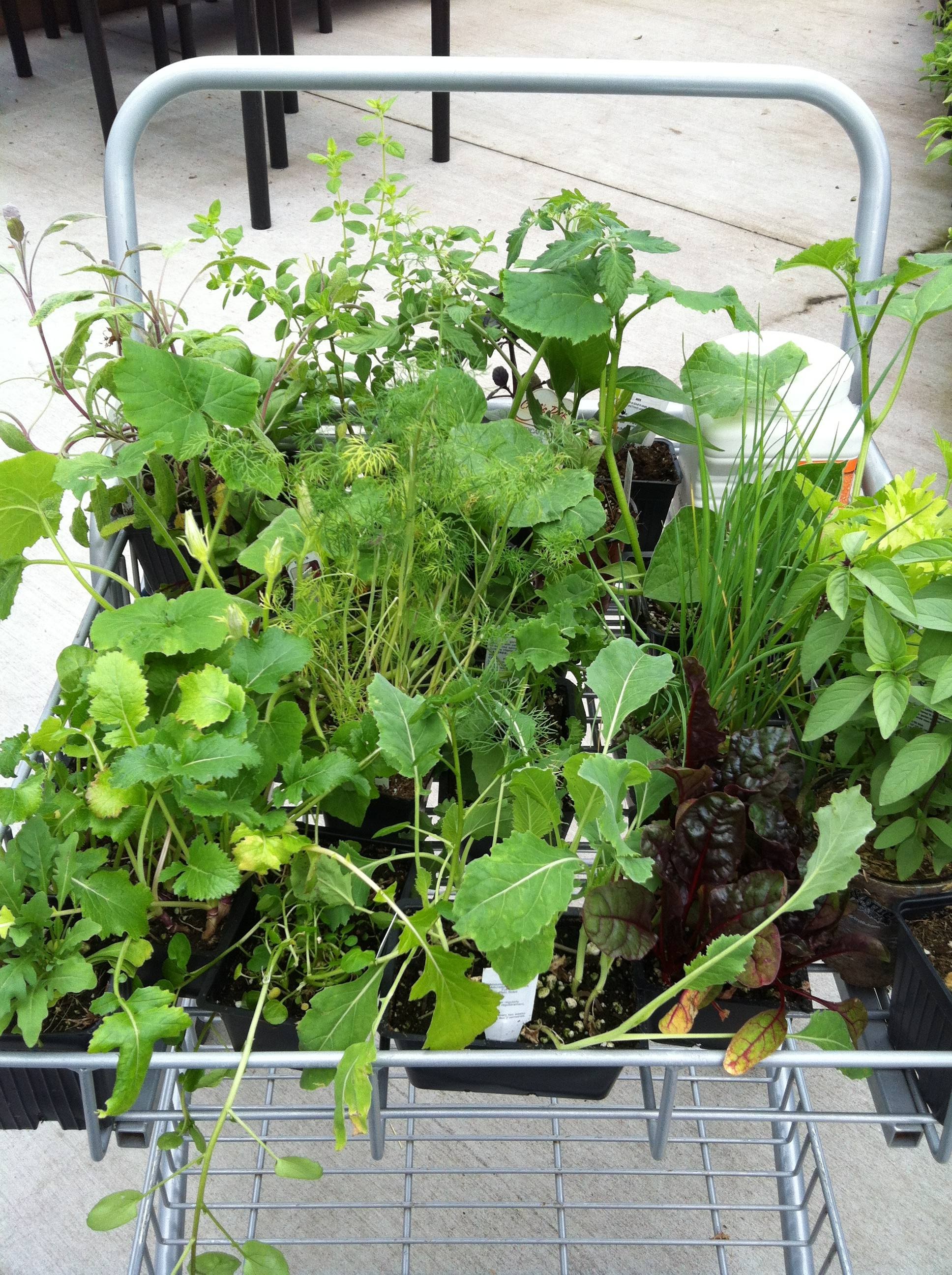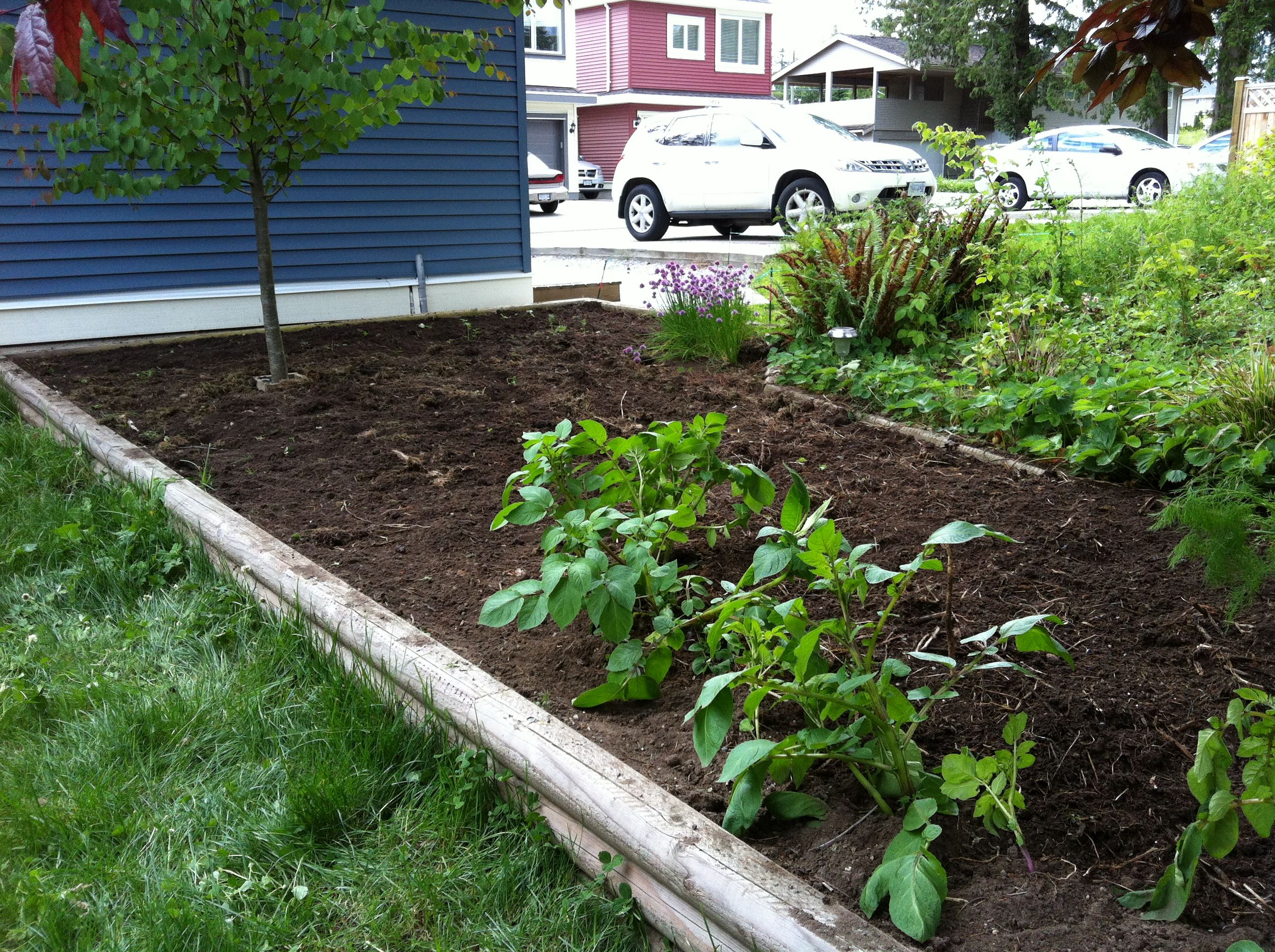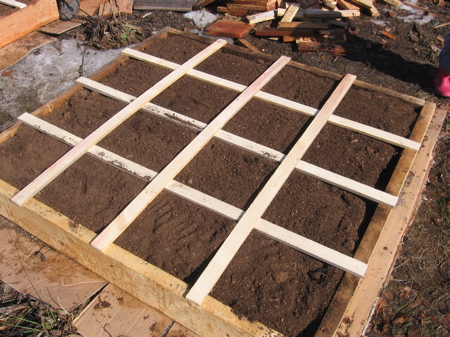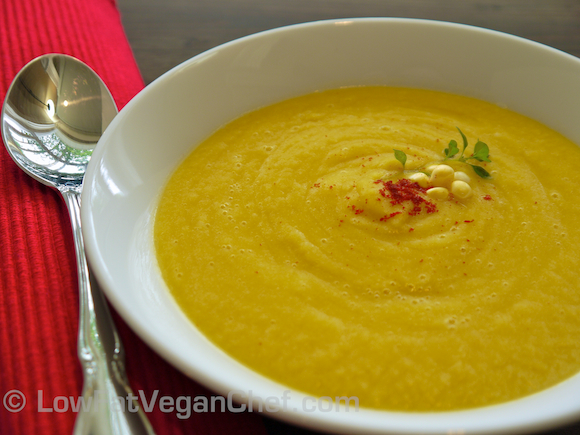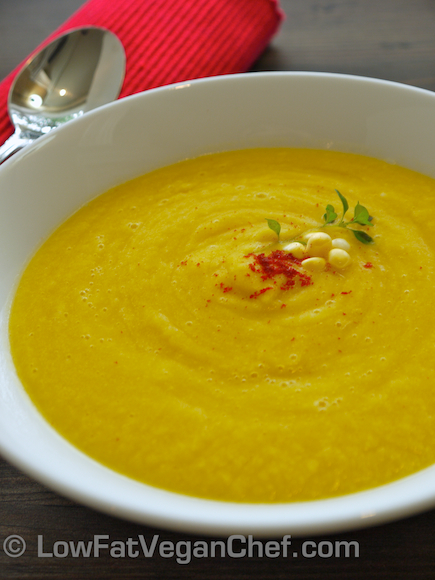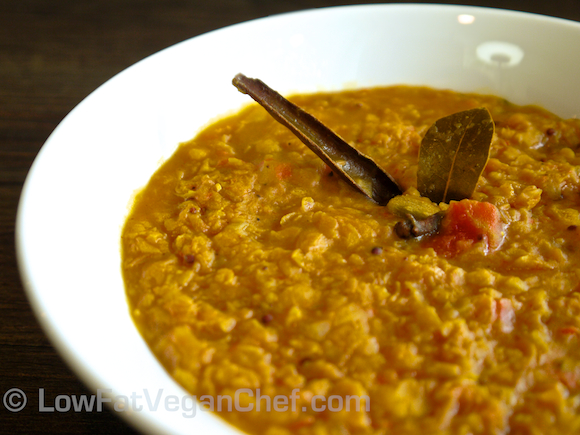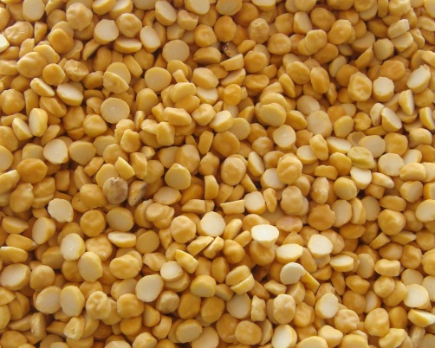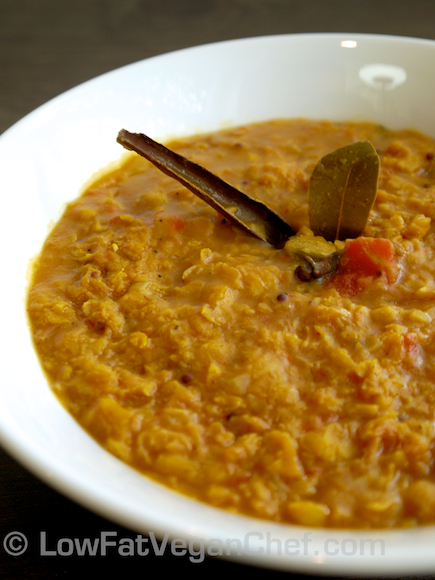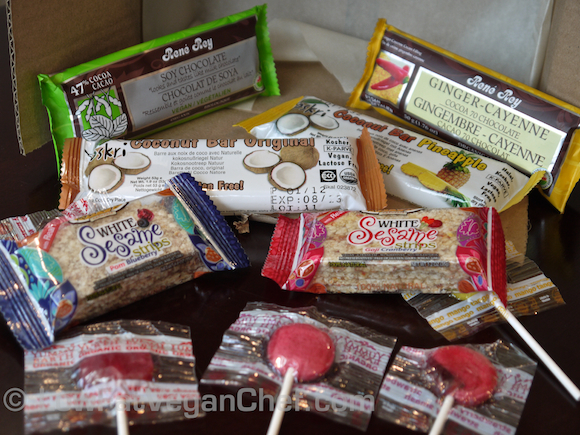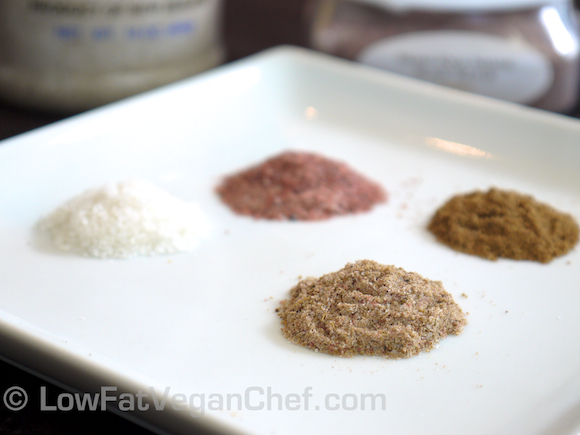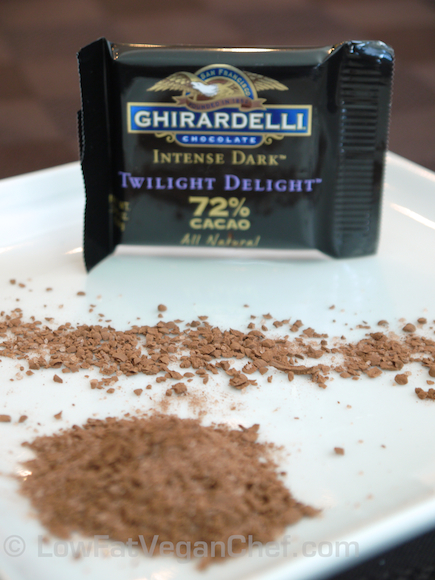What is the McDougall Program?
The McDougall Diet is based on the guidelines of Dr. John McDougall, MD who is an American physician who teaches his patients that degenerative diseases can be reversed and prevented with a low fat, plant-based whole foods diet. His wife Mary is the chef in the family and creates an array of nutritious oil-free plant based dishes and has written several cookbooks. The staple foods for The McDougall Diet/Program are starch based foods like potatoes, rice, and beans, supplemented with green and yellow vegetables, leafy greens and fruit. Animal based foods, processed foods and vegetable oils are not part of the diet or recommended.
Dr. McDougall didn’t grow up eating a vegan or even vegetarian diet himself. Unfortunately in 1965 he suffered a massive stroke at the young age of 18, which he attributes to his then current diet that was high in animal foods. Between 1973 and 1976 he witnessed how a Standard American Diet (also known as S.A.D.) was negatively impacting the younger generations of his Asian immigrant patients on the Hamakua Sugar Plantation on The Big Island of Hawaii. He noticed that the less rice and vegetables each generation ate, and the more Americanized processed food including deep fried meat and junk foods like fries and potato chips the more unhealthy these people became. This seemed to fly in the face of what was taught to him in medical school and promoted to the American public. The Food Pyramid was telling people that animal foods that were high in protein (and fat) were key to a healthy diet and healthy body. Yet he saw just the opposite was happening. These people had the same family genetics, lived in the same location and did the same work, yet their health vastly differed only because of what they ate. The elders that continued to eat their traditional native Asian diets of white rice, vegetables, beans, and soups with very small quantities of meat (and NO dairy products) were much leaner, stronger and healthier than their children and grandchildren who ate a diet based on meat, dairy, bread, and deep fried junk foods and very little rice or vegetables. Dr. McDougall saw with his own eyes just how damaging a diet high in animal and processed foods was to the human body and he began teaching the benefits of a strict vegetarian diet.
For over 30 years Dr. McDougall has been teaching people all over the world the benefits of a low fat, oil-free, whole foods plant based diet with great success. He has two books based on his program called The McDougall Program: 12 Days To Dynamic Health and The McDougall Program For Maximum Weight-loss. He also recently released a new book this year entitled The Starch Solution: Eat the Foods You Love, Regain Your Health, and Lose the Weight for Good! which as the title hints at is a diet based on starchy foods.
Let’s take a look at the variety of foods that are included in the McDougall Program (this list is from McDougall’s website):
Starches (Main Source Of Calories)
Roots:
sweet potatoes
yams
white potatoes
celeriac (celery root)
tapioca
Jerusalem artichoke (sunchoke)
burdock
taro root
jicama
water chestnuts
parsnips
rutabaga
(Carrots, beets, turnips, daikon, and salsify are low in carbohydrates and calories and so are not considered starch staples.)
Winter Squashes:
butternut
acorn
Hubbard
banana
pumpkin
buttercup
turban squash
(Summer squashes usually cannot serve as the center of a meal because of their low calorie content. They are also lower in carbohydrates than winter squashes.)
Legumes/Beans:
aduki (azuki)
red kidney
black
mung
fava (broad)
navy
garbanzo (chick-peas)
pink
great northern
pinto
limas
white kidney (cannellini)
(Soybeans cannot be considered a starch staple because they are too high in fat to be allowed on the McDougall diet regularily.)
Lentils:
brown
red
green
Peas:
black-eyed
split yellow
split green
whole green
Whole Grains:
barley
oats
brown rice
quinoa (pronounced “keen-wa”)
buckwheat
rye
bulgur (cracked wheat)
triticale
couscous (refined wheat)
wheat berries
corn
wild rice
millet
Unrefined flours:
barley
rice
buckwheat
rye
corn
soy
garbanzo beans
triticale
lima bean
wheat
oat
whole wheat pastry
potato
Egg-Free Pastas:
Most of these are made from highly refined flours and therefore should play a small role in your diet.
artichoke pasta
tomato pasta
corn pasta (no wheat)
whole wheat pasta
spinach pasta
rice pasta (no wheat)
Oriental Noodles:
Most of these are made from highly refined flours and therefore should play a small role in your diet.
bean threads
somen
buckwheat soba
udon
rice noodles
Secondary Plant Foods (To Complement Starch Based Meals)
This is not an exhaustive list, just some examples.
Fruits:
apples
bananas
oranges
pineapple
pears
plums
peaches
nectarines
cherries
blueberries
raspberries
strawberries
blackberries
carambola
papaya
cherimoya
persimmon
guava
pomegranate
kiwifruit
passion fruit
kumquat
pummelo
loquat
quince
lychee
soursop
mango
etc.
Vegetables/Greens/Beans:
This is not an exhaustive list, just some examples.
zucchini/summer squash
broccoli
cauliflower
carrots
mushrooms
corn
iceberg lettuce/Romaine/leaf lettuce
spinach
asparagus
radishes
celery
cucumbers
tomatoes
aduki beans
jicama
arugula
kale
bok choy
kohlrabi
broccoli de rabe
radicchio
burdock
salsify
celeriac (celery root)
sprouts (alfalfa, lentil, mung bean, wheat)
chicory (curly endive)
Swiss chard
cocozelle
taro root
collard greens
turban squash
daikon
water chestnuts
endive
watercress
garbanzo beans (chickpeas)
Jerusalem artichoke (sunchoke)
etc.
Foods NOT Allowed On The McDougall Program
The following is a list of the foods that are not allowed, with ideas for possible substitutions.
Don’t Eat: Possible substitutes:
Cow’s Milk (for cereal or cooking) Lowfat soy milk, rice milk, fruit juice, water
Cow’s Milk (as beverage) None; drink water, juice, herb tea, or cereal beverages
Butter None
Cheese None; after 12 days you may substitute soy- and nut-based cheeses
Cottage cheese None; after 12 days you may substitute crumbled tofu
Yogurt None
Sour cream None
Ice cream Pure fruit sorbet, frozen juice bars; after 12 days you may substitute Lite
Tofutti
Eggs (in cooking) Ener-G Egg Replacer
Eggs (for eating) None or after 12 days, Tofu
Meat, poultry, fish Starchy vegetables, whole grains, pastas, and beans; after 12 days tofu for
“meat”
Mayonnaise Homemade Tofu based mayonnaise
Vegetable oils (for pans) None; use Teflon, Silverstone, or silicone-coated (Baker’s Secret) pot and
pans
Vegetable oils (in recipes) None; omit oil or replace with water, mashed banana, or applesauce for
moisture in baking
White rice (refined) Whole grain (brown) rice or other whole grains
White flour (refined) Whole grain flours
Refined and sugar-coated cereals Any acceptable hot or cold cereal
Coconut None
Chocolate Carob powder
Coffee, decaffeinated coffee, and black teas De-caf herb tea, cereal beverages, hot water with lemon
Colas and un-colas Mineral water or seltzer (flavored or plain)
In addition to eating an oil free starch based diet, Dr. McDougall recommends that people exercise (even if it’s just going for a walk) regularly to help maximize weight-loss, improve high blood pressure, lower high blood sugar, improve circulation and have more energy.
At www.LowFatVeganChef.com I try to present easy to make carb/starch based recipes that contain mostly whole foods and have no added oils that can be used as a part of the McDougall program. Occasionally I use things like light coconut milk or avocados in my recipes and those are not recommended for those in need of a strict diet to reverse disease, so keep that in mind. Quite often I eat simple starch based meals at home and a dinner of baked potatoes, boiled sweet corn (plain) and steamed greens is both satisfying and McDougall Program friendly. So give it a try.
The McDougall’s run a variety of events every year from 3 Day Study Weekends, a Full 10 Day Immersion Program to Adventure Travel Vacations With McDougall Meals. For more information on Dr. John and Mary McDougall check out their website here.
nejs?MarketPlace=US”>

